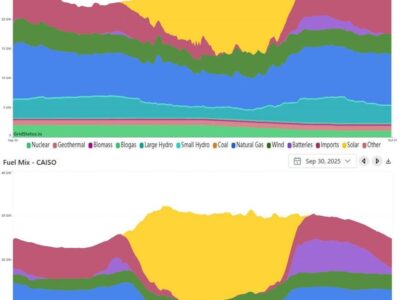Take Two
Trump Administration reasoning around the definition of take appears contradictory
I’ve written before about how the Trump Administration is proposing to eliminate the definition of “harm” in the Endangered Species Act (ESA) regulations – an action that could remove protections for endangered species from habitat modification. The main justification that the Administration is relying upon in the proposal is a claim that the best interpretation of the meaning of the term “harm” in the ESA is Justice Scalia’s dissent in the Supreme Court’s decision in Sweet Home. A key point of Scalia’s dissent is the claim that the ESA’s take prohibition (where take is defined in part as including “harm”) only applies to intentional efforts to kill, capture, or harm endangered species, such as hunting. Scalia’s dissent argued that “take” in the ESA is defined consistent with what he calls the “common law” definition of take, which is limited to intentional actions such as hunting. And Scalia argues that such a narrow interpretation of the ESA take definition is consistent with the definitions of take in other federal wildlife statutes, including the Migratory Bird Treaty Act (MBTA), which prohibits take of migratory birds.
So one would think that this would be the principle of the Trump Administration as well – the MBTA only covers incidental take with the intent of harming the animal. And indeed, that was the position of the Trump Administration at the beginning of the year, when it revoked the Biden Administration guidance on this point.
And yet, in July the Trump Administration issued a press release announcing that:
The Department will conduct a careful review of avian mortality rates associated with the development of wind energy projects located in migratory flight paths and determine whether such impacts qualify as “incidental” takings of birds under the Migratory Bird Treaty Act and related laws. The Department will also conduct a review of the applicable regulations to determine the appropriate approach to permitting these activities, identifying violations of the applicable statutes, and related penalties.
There is . . . some tension in the Administration’s position here, as others have noted. Indeed, the internal contradictions in the Administration’s position might undermine their efforts to revise the ESA regulatory definition. Not for the first time, the Administration’s efforts to seek retribution on its opponents is undermining its ability to do coherent policy-making.







Reader Comments